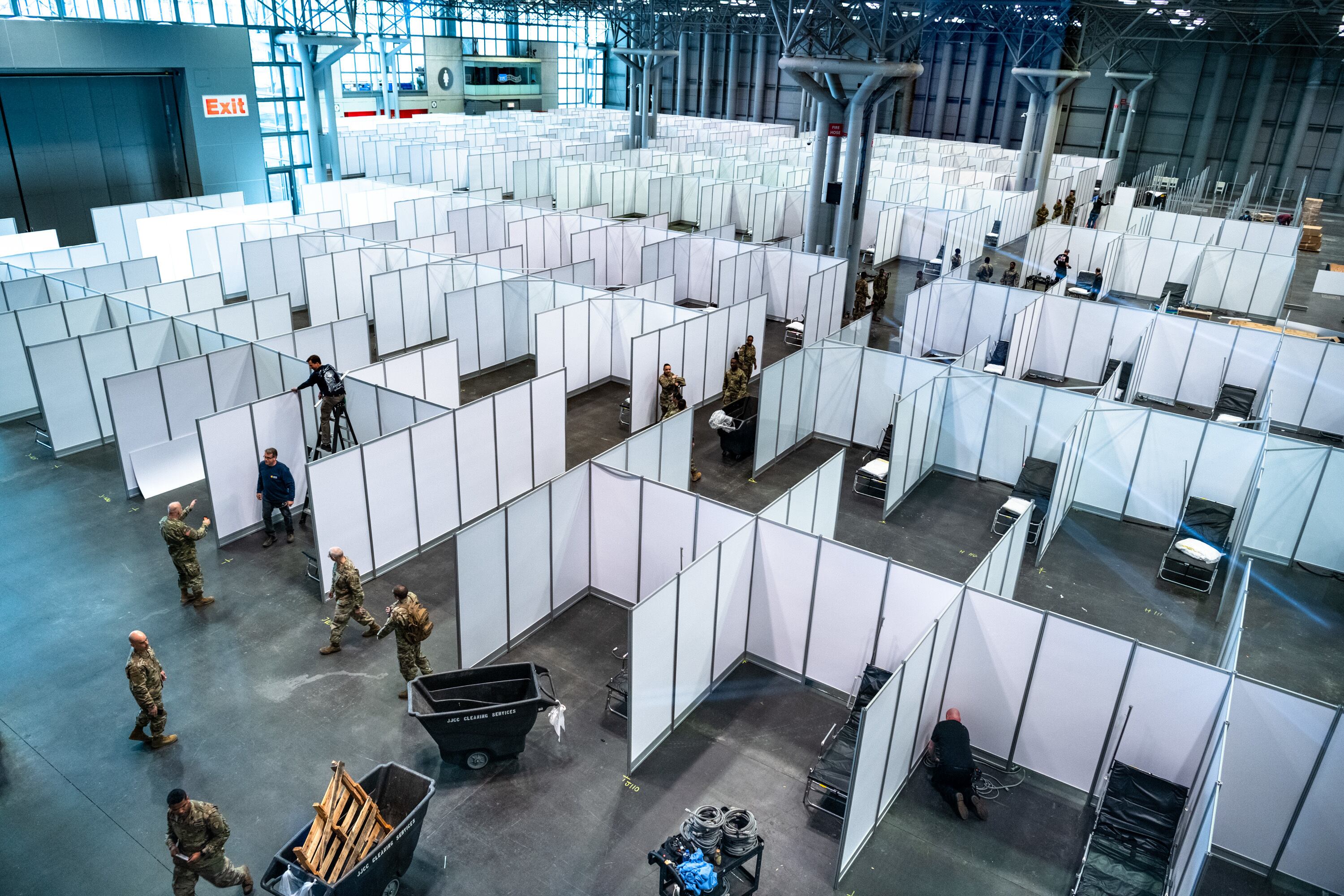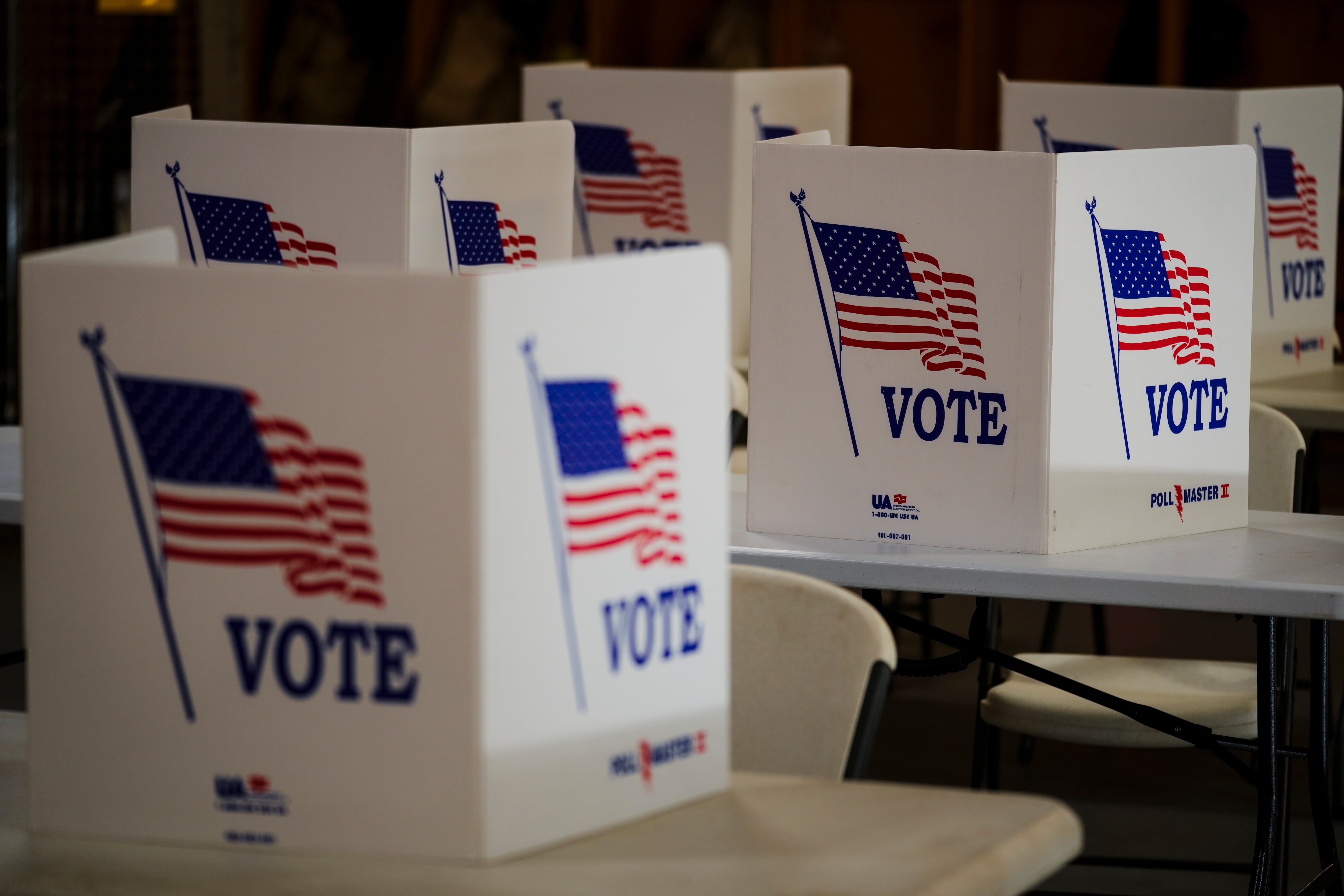New York City Mayor Bill de Blasio has made repeated calls for President Trump to deploy “the military” domestically in response to the COVID19 outbreak. These requests are woeful without context, and on their face display a naivete in assuming our brave men and women in uniform are largely fungible for any and all tasks or missions.
During a March 20th interview, Mayor de Blasio said the President “should get the hell out of the way and let the military do its job.” The Big Apple’s Mayor seems to be mistaken about what precisely that job is. The branches of our military have many tasks, including those assumed, implied, and constitutionally mandated. Yes, many resources across our military can and are effectively responding to this crisis. Examples are the construction of field hospitals by the Army Corps of Engineers and the Navy’s hospital ship USNS Comfort arriving in New York Harbor this past Monday. Let us remember what the core mission of the Department of Defense and U.S. military truly is, however — to maintain a level of readiness that ensures tactical superiority in a kinetic engagement with an adversary (my words.)
To be blunt, albeit a bit morbid, our nation is bearing a significant amount of risk at the moment across both the economic and healthcare fronts. The outbreak is demanding a deluge of logistical diversion and forcing many in our national security infrastructure, including those in the Intelligence Community, to face an unwelcome distraction. These circumstances make us more susceptible to adversarial action, and that is a bad thing — regardless of whether the likelihood of a foreign attack remains the same. We cannot allow direct action maneuver units to be rendered ineffective due to an outbreak of COVID19 being spurred by deploying them in a humanitarian aid capability. The disease propagating throughout our military will severely impact this national readiness that upon which our way of life and foreign policy enforcement efficacy so depends. The entire reason biological warfare was created is precisely due to its lethal effectiveness.
Our near-peer nation-state adversaries are watching closely and assuredly updating their analysis of our national readiness levels regularly. International pressure to demonstrate military superiority is mounting, as evidenced by increased saber-rattling around the globe, and our more sinister adversaries may find it hard not to kick us while we are down if they are confident in that assessment. Other countries are already taking advantage of the situation economically.
By all means, we should be utilizing the response capabilities that are appropriate for the event, but this is different from the example of the 82nd Airborne Division's deployment to New Orleans in response to Hurricane Katrina. In a hurricane, a commander can far more accurately scope the possible impact on the overall readiness of their unit. In responding to a biohazard, decisionmakers cannot anticipate how the disease could proliferate among rear elements as troops begin redeploying home. Living in barracks is not exactly conducive to social distancing. The persistence rate of COVID19 is a significant information gap that prevents this type of calculus.
We need our combat arms units across the services training, at ranges, maintaining equipment and ensuring their readiness to deter or repel an enemy attack against American interests anywhere on earth. In the same soundbite mentioned above, Mayor de Blasio accuses President Trump of “not acting like a commander-in-chief.” Our President certainly has the optionality to direct assets in a way that impacts national readiness, but it is understanding the trade-off that is at question here. Making informed decisions based on those trade-offs and not succumbing to the pressure of the zeitgeist is precisely how a commander-in-chief acts, Mr. de Blasio.
Greg Barbaccia is an expert in counterintelligence, insider threats, and corporate espionage, with extensive experience in both the military and private sector.





